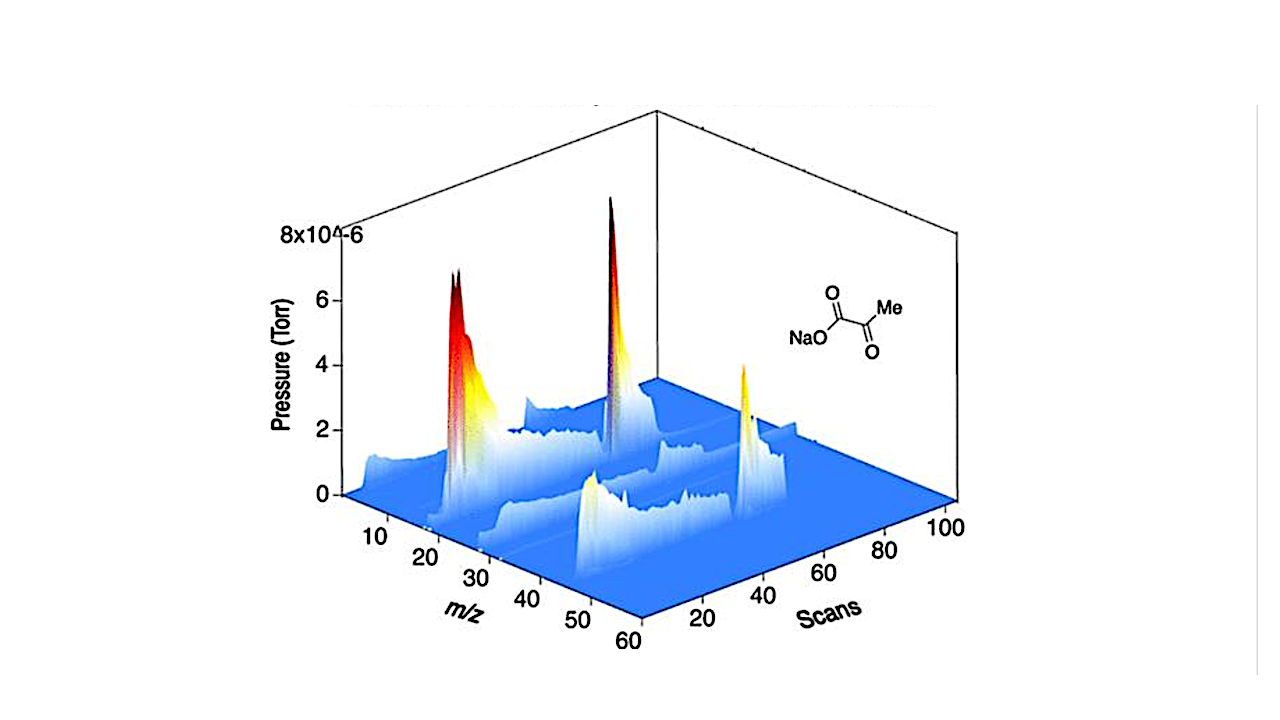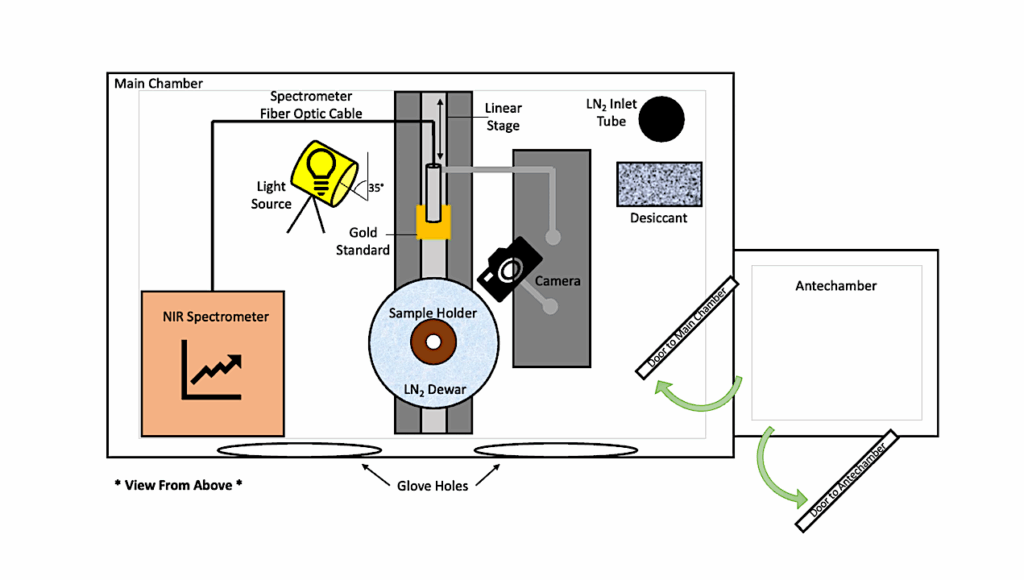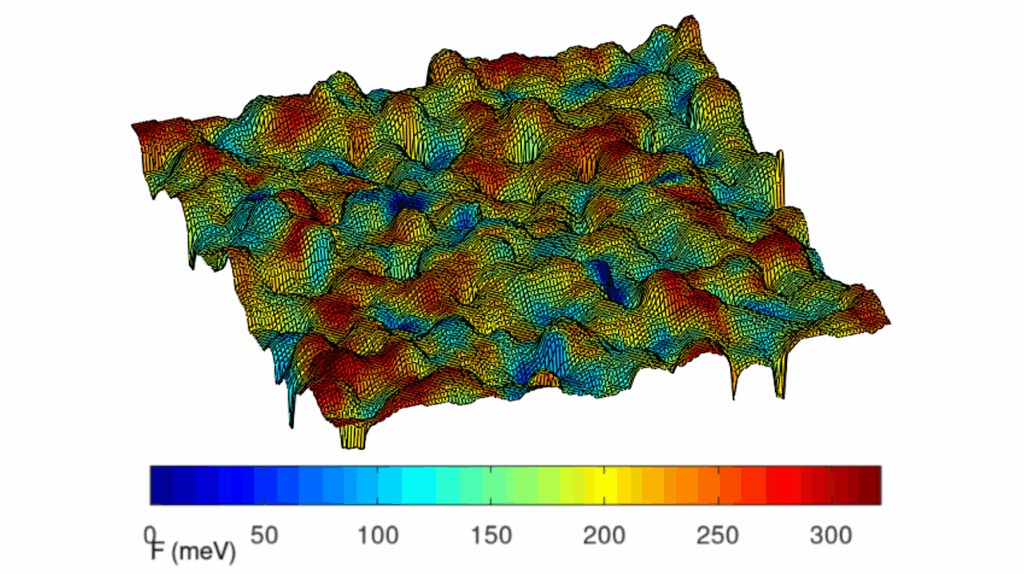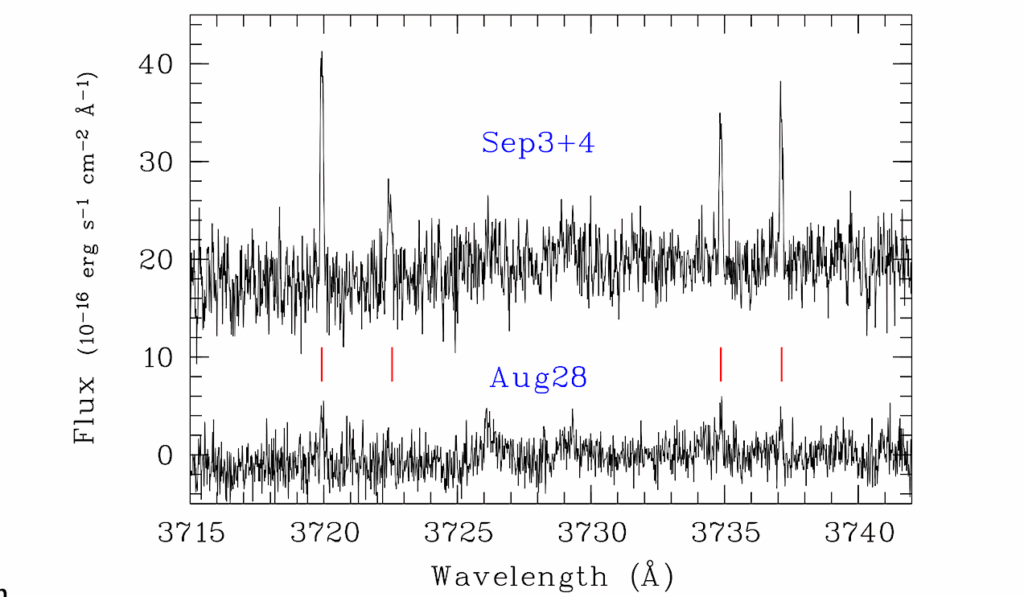Photochemical Stability and Reactivity of Sodium Pyruvate: Implications for Organic Analysis on Ceres

The dwarf planet Ceres is a high-priority target for future solar system exploration within this decade. This is motivated by the detection of organics by NASA’s Dawn mission as well as the program of the 2023–2032 NASA Planetary Science and Astrobiology Decadal Survey, which includes a Ceres Sample Return mission as a target for future New Frontiers 6 and 7 opportunities.
However, it is still not well understood what organic processes could be occurring on Ceres, especially regarding prebiotically relevant molecules in relation to surface minerals exposed to radiation. Understanding how organics are altered under irradiated conditions in a laboratory setup can give insight into how they may behave on the surface of Ceres, which would be important for contextualizing results from a future Ceres mission.
In this work, we explored the irradiation of sodium pyruvate (NaPyr) in the solid phase, an important proto-metabolic precursor in prebiotic chemistry studies. We determined that sodium pyruvate is reactive both independently and in the presence of synthetic iron oxyhydroxide minerals via analysis with a residual gas analyzer, nuclear magnetic resonance, and liquid chromatography/mass spectrometry.
This research has implications for organic survivability and reactivity on Ceres’ surface, which is relevant for the detection of biosignatures in future missions.
Synechococcus sp. PCC7335 responses to far-red enriched spectra and anoxic/microoxic atmospheres: Potential for astrobiotechnological applications, Plant Physiology and Biochemistry ( IF 6.5 ) Pub Date: 2024-06-06 , DOI:10.1016/j.plaphy.2024.108793 Elisabetta Liistro , Mariano Battistuzzi , Lorenzo Cocola , Riccardo Claudi , Luca Poletto , Nicoletta La Rocca
Astrobiology








